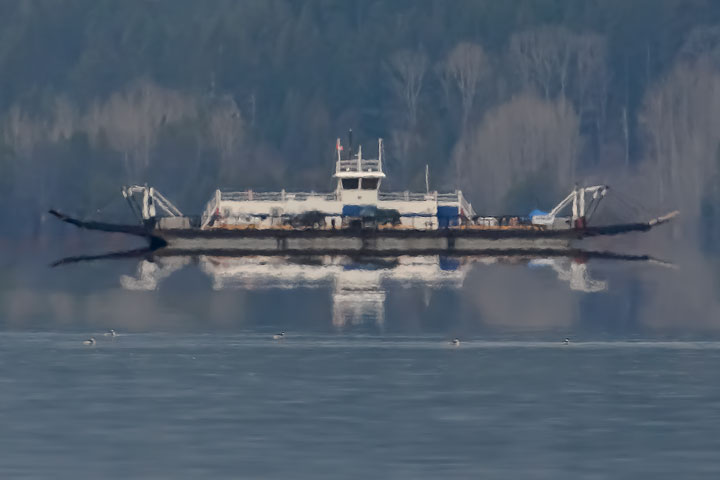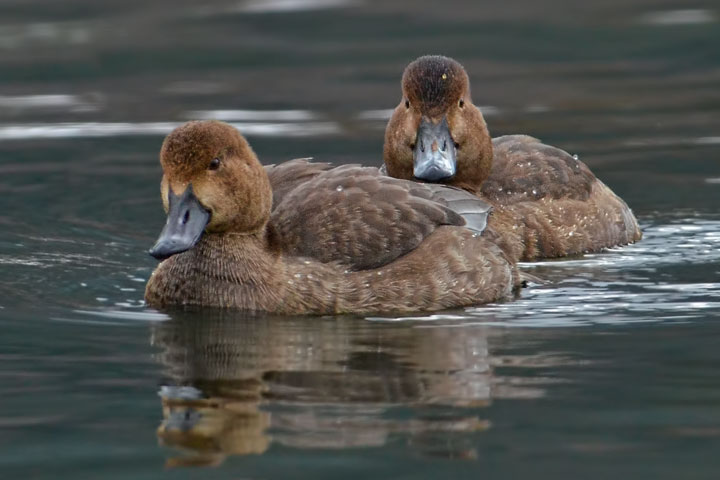I am not a bird counter; but, I like to hang out with those who are. These are the people whose knowledge of birds is so good that they can identify a bird by a whispered sound, a distant silhouette, or a plumage glimpse. And along the way, these folk can often determine the bird’s age and whether it has amorous intents.
These are not skills easily mastered, but when in hand, they enable practitioners to move beyond the delights of watching the behaviour of individual birds to the behaviour and health of communities. It all comes to knowing, measuring and interpreting populations.
For counters at this stage of birding nirvana, seeing a large number of distant birds is usually sufficient—even ideal. This provides sufficient information to establish identity and numbers while presenting a rich range of species. For the bird photographer such scenes can be frustrating. Without disturbing the bird, the photographer tries to get close enough to capture an evocative image including feather detail, a bill stuffed with food, or even some intimate behaviour.
Saturday, I accompanied Janice Arndt on a count of waterfowl along the West Arm of Kootenay Lake. This is an early December activity that local birders have pursued since 1974. There were three teams; Janice and I covered the east end of the Arm. We counted thirty-three bird species of which eleven were waterfowl. I learned much as I watched Janice spot and identify various species. But, I also began to appreciate the difference in the agendas of counters and photographers. Granted that on a different outing, someone might switch agendas, it remains that these pursuits are different—something I underscore with a few images from Saturday, below.
From the point of view of those taking a census, this is a perfectly satisfactory view of five horned grebes. From the photographer’s point of view, this would have been a throw-away image were it not dominated by a mirage of the Harrop Ferry.

The next two pictures of Redhead Ducks were taken on the same expedition. This is the sort of thing a bird photographer seeks. Yet, from the point of view of someone counting species, these scenes might be fun, but they offer superfluous information. It is sufficient to know that there were two female Redheads.



Bird counting
I am not a bird counter; but, I like to hang out with those who are. These are the people whose knowledge of birds is so good that they can identify a bird by a whispered sound, a distant silhouette, or a plumage glimpse. And along the way, these folk can often determine the bird’s age and whether it has amorous intents.
These are not skills easily mastered, but when in hand, they enable practitioners to move beyond the delights of watching the behaviour of individual birds to the behaviour and health of communities. It all comes to knowing, measuring and interpreting populations.
For counters at this stage of birding nirvana, seeing a large number of distant birds is usually sufficient—even ideal. This provides sufficient information to establish identity and numbers while presenting a rich range of species. For the bird photographer such scenes can be frustrating. Without disturbing the bird, the photographer tries to get close enough to capture an evocative image including feather detail, a bill stuffed with food, or even some intimate behaviour.
Saturday, I accompanied Janice Arndt on a count of waterfowl along the West Arm of Kootenay Lake. This is an early December activity that local birders have pursued since 1974. There were three teams; Janice and I covered the east end of the Arm. We counted thirty-three bird species of which eleven were waterfowl. I learned much as I watched Janice spot and identify various species. But, I also began to appreciate the difference in the agendas of counters and photographers. Granted that on a different outing, someone might switch agendas, it remains that these pursuits are different—something I underscore with a few images from Saturday, below.
From the point of view of those taking a census, this is a perfectly satisfactory view of five horned grebes. From the photographer’s point of view, this would have been a throw-away image were it not dominated by a mirage of the Harrop Ferry.

The next two pictures of Redhead Ducks were taken on the same expedition. This is the sort of thing a bird photographer seeks. Yet, from the point of view of someone counting species, these scenes might be fun, but they offer superfluous information. It is sufficient to know that there were two female Redheads.
